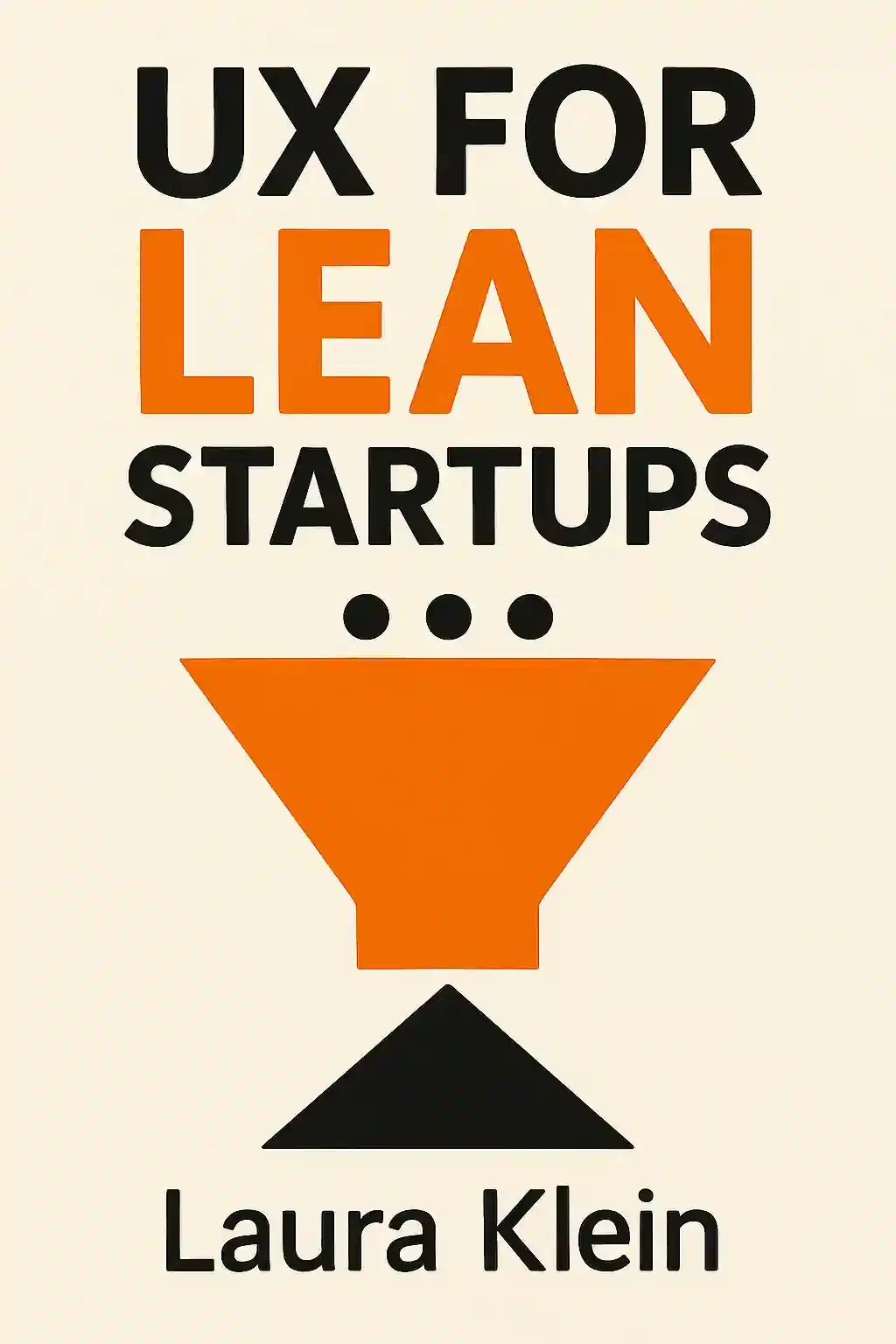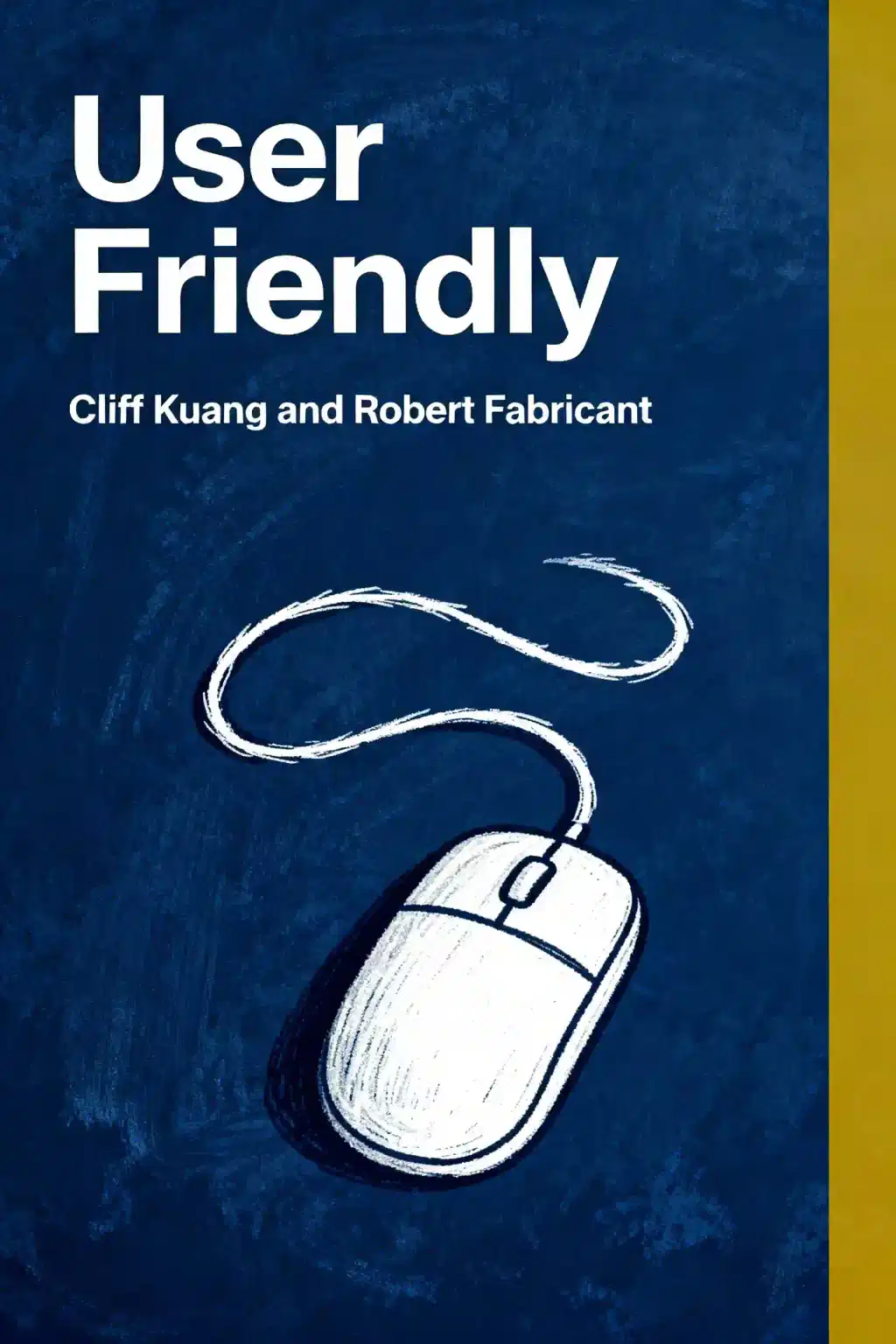What is
UX Strategy by Jaime Levy about?
UX Strategy by Jaime Levy is a guide to creating digital products that merge user-centered design with business strategy. It outlines a four-part framework—business strategy, value innovation, validated user research, and killer UX design—to validate product ideas, identify market opportunities, and build solutions users truly need. Examples from companies like Airbnb illustrate how to test assumptions and achieve competitive advantage.
Who should read
UX Strategy by Jaime Levy?
This book is essential for UX designers, product managers, entrepreneurs, and startup teams aiming to align user needs with business goals. It’s particularly valuable for those launching new products or refining existing ones, offering actionable tools for market validation, competitive analysis, and iterative design.
Is
UX Strategy by Jaime Levy worth reading?
Yes, especially for professionals seeking practical methods to bridge UX and business strategy. The book provides templates for customer interviews, competitor analysis, and value proposition testing, backed by real-world case studies. Its focus on pre-design validation helps avoid costly missteps, making it a tactical resource in 2025’s fast-paced digital landscape.
What are the four tenets of UX strategy in the book?
Levy’s four tenets are:
- Business strategy: Align UX with revenue models and market positioning.
- Value innovation: Deliver unique solutions that disrupt competitors.
- Validated user research: Test assumptions via interviews, surveys, and prototypes.
- Killer UX design: Ensure intuitive, visually compelling interfaces.
These components work together to validate demand and drive product success.
How does the book define “value innovation”?
Value innovation means creating products that offer unmatched utility while reducing costs. Unlike incremental improvements, it involves identifying unmet needs—like Airbnb’s focus on affordable, authentic travel experiences—to carve out new market spaces. Levy emphasizes balancing differentiation and cost efficiency to outpace rivals.
Why does Jaime Levy stress starting with a niche customer segment?
Levy argues targeting “everyone” dilutes focus and increases failure risk. Successful products like Facebook (initially for Harvard students) and Tinder (tested with USC undergrads) began with narrow audiences. By refining solutions for a specific group, teams can validate demand before scaling.
What is validated user research in UX strategy?
Validated research involves testing hypotheses with real users early, using methods like guerrilla interviews or prototype testing. This prevents building unwanted products—e.g., Levy shares how paper prototypes helped a startup pivot from a flawed app concept to a viable solution.
How does the book approach competitive analysis?
Levy advises mapping competitors’ strengths/weaknesses to find unmet user needs. Tools like a competitive landscape matrix help identify gaps—for example, how UberEats differentiated by partnering with premium restaurants unlike generic delivery apps. This analysis informs value innovation opportunities.
What are “provisional personas” in the book?
Provisional personas are hypothetical user profiles based on initial assumptions, not detailed data. They guide early research, such as identifying pain points for busy freelancers needing invoicing tools. These personas evolve through validation, unlike traditional static personas.
What does Levy mean by “If you think your customer is everybody, think harder”?
This quote underscores the danger of broad targeting. Levy shows that even globally successful apps started with niche audiences. For instance, Airbnb initially catered to designers attending conferences. Narrow focus allows deeper problem-solving and clearer validation.
How does
UX Strategy address common product development pitfalls?
The book highlights pitfalls like prioritizing aesthetics over validation or ignoring market trends. Levy advocates “killer experiments” to test risks early—e.g., a landing page test to gauge demand before full development. This lean approach reduces wasted resources.
How does
UX Strategy compare to books like
Lean UX or
The Lean Startup?
While Lean UX focuses on agile design processes and The Lean Startup on business hypotheses, Levy’s book bridges both. It offers specific tools for aligning UX with business models, like value proposition canvases, making it a tactical companion for product teams.
Why is
UX Strategy relevant in 2025?
With remote work and AI reshaping markets, Levy’s emphasis on agility and user-centric validation remains critical. The book’s frameworks help teams adapt to trends like AI-driven personalization while ensuring products solve real problems—a key advantage in saturated markets.
What are criticisms of
UX Strategy?
Some argue the book leans heavily on startup examples, which may less apply to enterprise environments. Others note it assumes access to user-testing resources, which smaller teams might lack. However, its core principles—like iterative validation—remain universally applicable.
What are key takeaways from
UX Strategy?
- Validate demand before designing interfaces.
- Use lightweight experiments (e.g., paper prototypes) to test ideas.
- Combine business goals with user insights for disruptive innovation.
- Start small, iterate based on feedback, and scale strategically.














